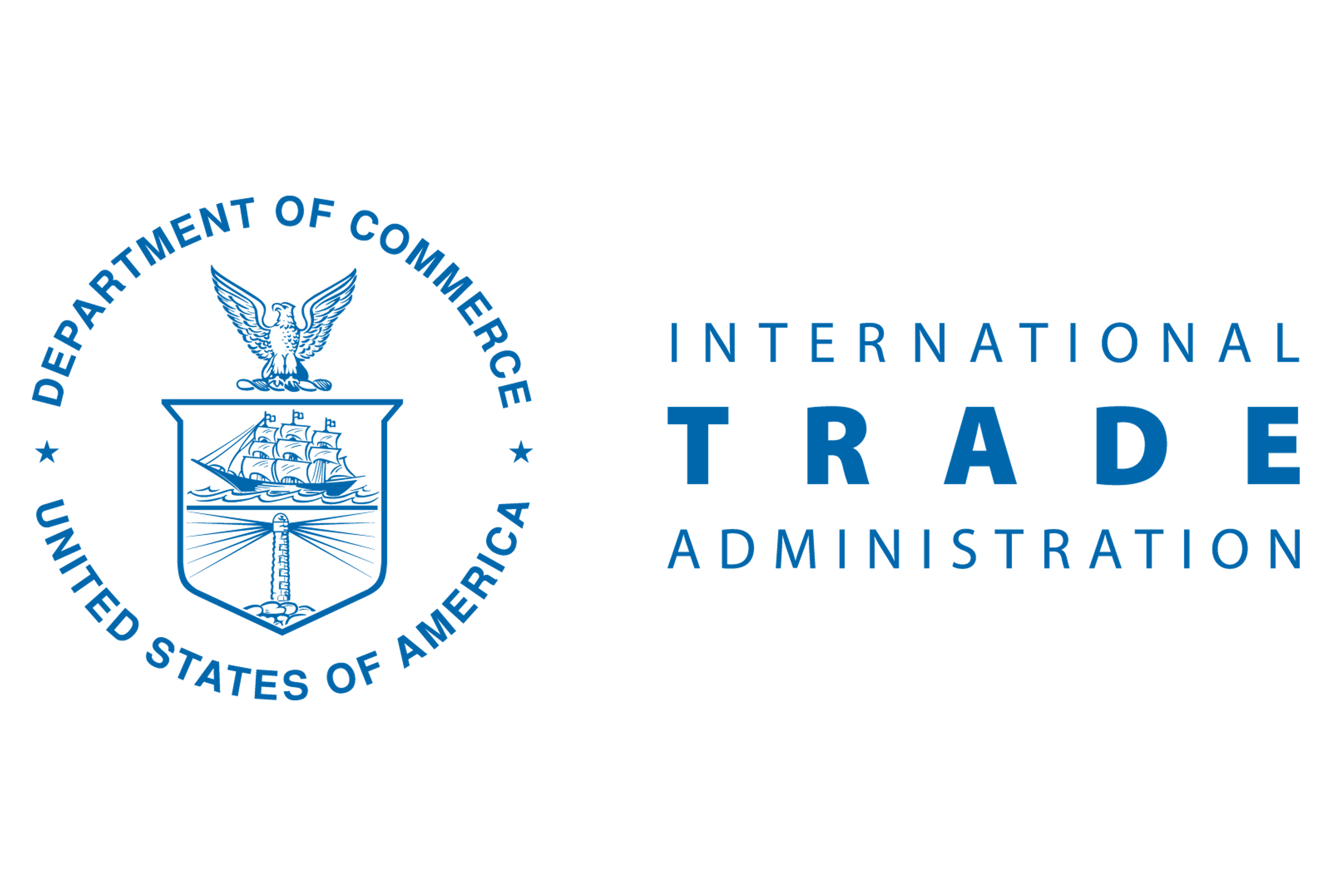Product

August 13, 2019
Market Reacts to U.S. Steel's No-Index Contract
Written by Tim Triplett
As with any mill announcement, be it price, changes in production or in the case of the U.S. Steel’s announcement about how they are going to handle contracts going forward, there are always mixed opinions from steel buyers and from the other steel mills. This afternoon, Steel Market Update, as an index provider, spent a fair amount of time speaking with steel buyers and steel mills trying to gather initial reactions to U.S. Steel’s plan not to use index-based contracts beginning in 2020.
![]() Steel Mills’ Reaction
Steel Mills’ Reaction
Perhaps the most telling comment Steel Market Update received from the head of commercial for one of the domestic steel mills regarding the USS announcement: “I don’t think you will see us [the steel industry] go back to the old way of doing business.”
It’s the mill’s responsibility to manage the process with customers, he said. When done well, it’s a win-win for both parties.
“In the end, it’s all about how the customer wants to buy,” he said. Many service centers are hedging, watching and managing their inventories. They want short lead times (which assist in the managing of inventories). The business becomes easy for the distributors as they negotiate a discount off of an index, then they monitor their orders into the mill as well as the flow of steel out to their customers, he added.
When asked about the reliability of the indexes being used, he said, “In general, they are directionally correct.”
A representative from a different mill weighed in with this opinion: “I think they are on crack. This makes no sense whatsoever. They want to drive more tons to the spot market? Mills benefit from contract tons and customers placing, or asking, to go over the max [maximum allowable tonnage]. If they want to get a handle on volume, set a min/max and have contract customers stick to it or they’re out. This is what both Nucor and SDI have done.”
![]() Steel Buyers’ Reaction
Steel Buyers’ Reaction
“USS is a legacy integrated steel mill that is high cost, low service, and is trying to avoid the fate of this country’s former blast furnace operators. Their letter typifies the old school, out of touch, mill mentality of “telling” their customers what they are NOT going to do, rather than proactively selling a new supply solution and mechanism to the market. Reverting to “old” price mechanisms shows the direction USS is going rather than forward. Nucor tried this approach a few years ago and the market brought them back to reality. USS’s “idling” of furnaces has made them undependable and the market expects more blast furnaces to go down, so long-term contract business is not a good fit for USS.” Service center
“The response from the other mills will be the key. The mills have allowed the index deals to get out of hand. What I mean by that is they have allowed people to abuse them by only sending orders in when it was advantageous for them with no penalty other than a lot of complaining. If the mills would have policed/managed these better, made them all rebate deals and enforced the minimum and maximum tonnages, they wouldn’t be in this predicament. The other issue is they allowed all buyers of any size to get to the max discount level. Why would they give a company buying 500 tons/month the same discount they are giving someone that is buying 5,000 tons/month? It makes no sense. I am hopeful this is successful to the extent that those two issues get resolved. Beyond that, I honestly don’t care. Those companies in the distribution sector that can read the market and run their inventories better than others will still thrive.
{loadposition reserved_message}
“Another comment, I think this move would be a way way easier for a minimill to pull off rather than an integrated. The integrated mills have to have consistency in their order book just due to the size of their melts and how they make steel. I cannot imagine how big the slab inventories will be at USS next May! Never a dull moment!” Service center
“I don’t do business with USS. They are a sinking ship, honestly, and trying all they can to salvage the business. No other mills have made that statement; I am negotiating for 2020 already for all four mills in the South. It will not affect my customers very much. If mills stop contracts, everyone on spot buying will be on somewhat of a level playing field. I’m not worried, I just don’t see anyone else following suit.” End user
“AK is still making indexed-based contracts and seems to want them. Our customers do not know the details of how we contract, and they are following the indexes, so it could be risky to move away from them.” End user
“Since we have some see-through programs, it will have some effect on those programs [change to no index contracts]. The balance of our business has been transacted in the spot market and the indexed programs have been eating our lunch, leaving us with a very low amount of orders landed. These changes should relevel the field and market to some degree. For some service centers that have bucketed some customers that weren’t fully aware they were feeding off an indexed program, it will be quite a change. For the ones that were signed on under the operating principles of the indexed program with a discount, it will be an issue. But behind the scenes, it depends what the mills do to lock up and tie in good programs that they want in their mix or on a repeat basis.” Service center
“As a tuber we do not have much index pricing. Our customers want the most current price and do not like the lag. Nobody is willing to tie tube pricing to CRU. This is not new. A few years ago, they all went into contract season preaching no index pricing, then the mini’s caved. My guess is that will happen again. My opinion is SDI and North Star like the index pricing. It’s easy to justify to the boss/board that you are selling at market price.” Pipe and tube company
“I’ve heard that Nucor has advised they are not considering such a policy. Prior to this, there was just discussion around the possibility. Now that this is out there, I expect to get more clarity from other mills. My early sense is that the other mills may move to tie up 2020 sooner vs. later and put USS in a bind.”
SMU then asked this service center how its customers would respond to a change to no-index contracts, “They won’t have to, unless this policy became widespread across the industry. Customers have grown to like index programs tremendously, since it removes uncertainty, provides consistent quality and delivery, and helps to avoid the win/lose proposition often faced with buyers/sellers.”
We then asked how spot market pricing would change: “It would increase the amount of spot tons subject to spot pricing. And this, I believe, will lead to overall lower prices, not higher, if it comes to pass. Particularly for integrated mills, which have longer lead times, much higher fixed costs, etc. It becomes much more risky to open themselves up to hoping they can fill the mill. EAF producers are much more nimble and can alter output more easily, and with their relationship to scrap costs, their risk is much lower, comparatively speaking. Given the uncertain outlook for 2020 demand, the increased production coming online, etc., the timing really couldn’t be worse for a company like USS.” Service center
“I have NOT heard about this from any other mills that we deal with. Interesting…” Plate service center
Another service center steel buyer told SMU in a phone call this afternoon, “I think it’s a good move.” Mills like U.S. Steel are dealing with the issue of “bucket deals,” he said, “and bucket deals are not a good thing.” The reason being the mills did not hold to the prescribed tonnages promised. They also allowed companies to package what was normally spot tonnage into a contract, thus pushing down spot pricing.
Steel Market Update will continue to delve deeper into the subject of indexes and 2020 contracts and report what we find in future issues.







